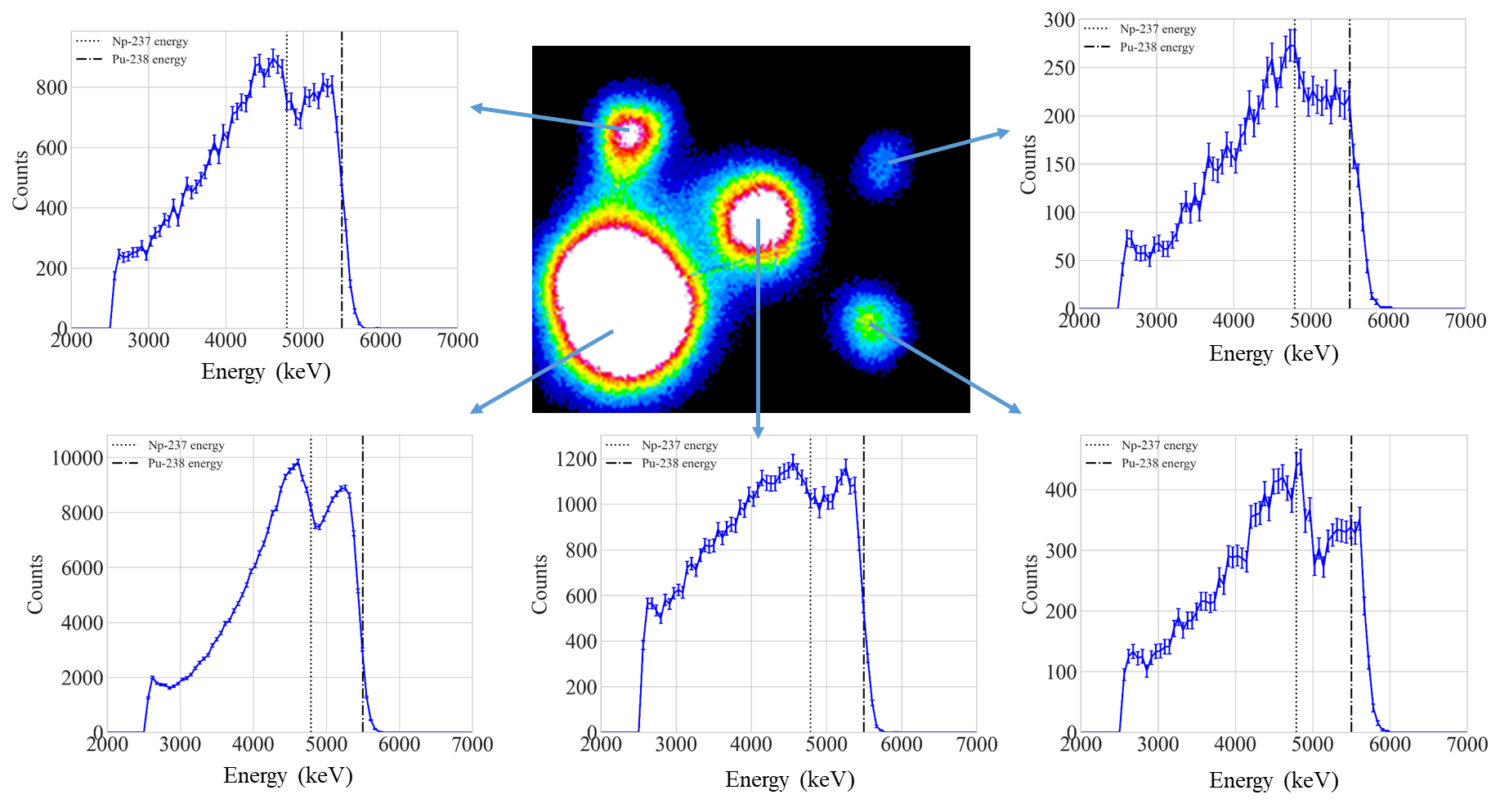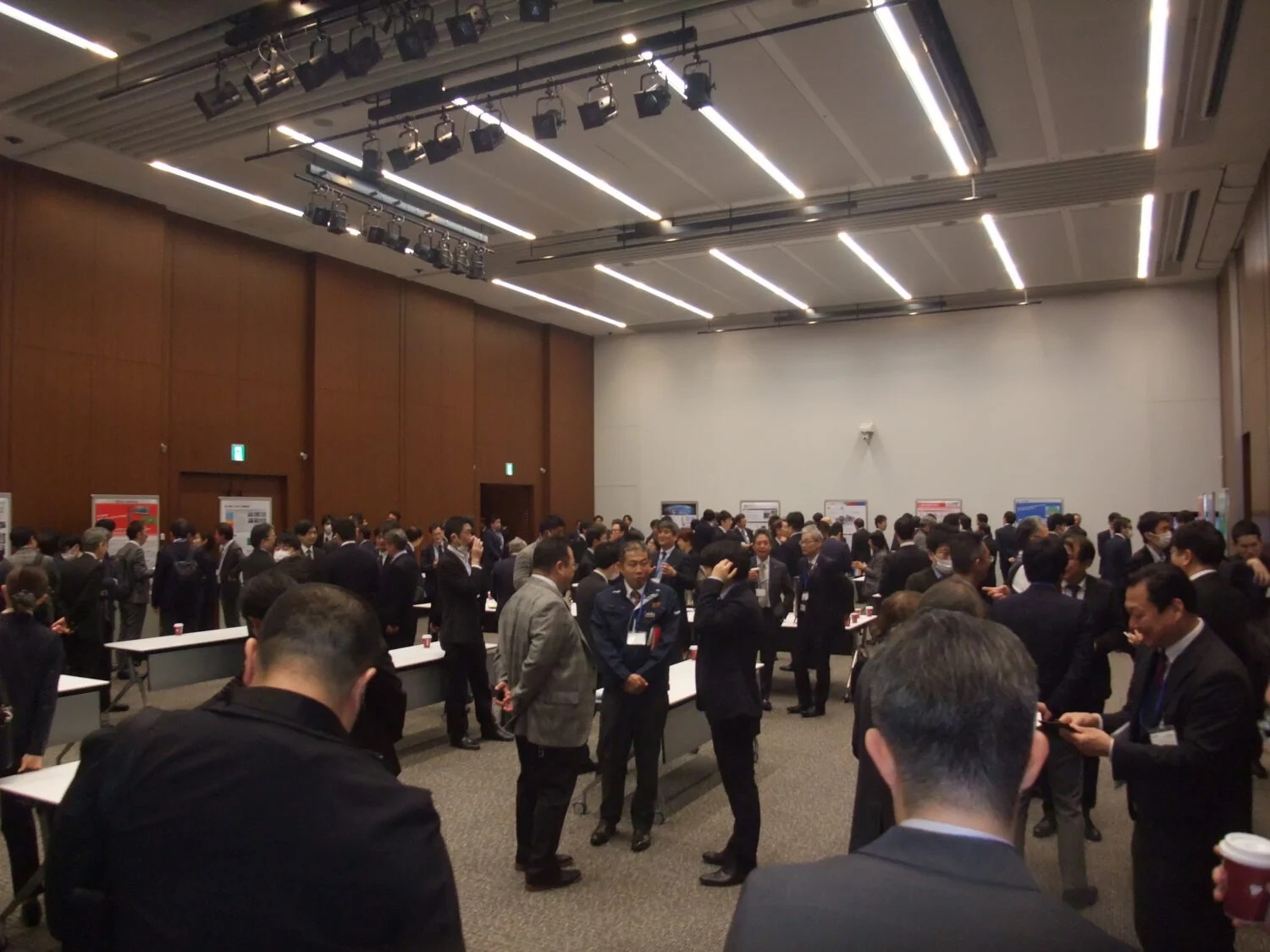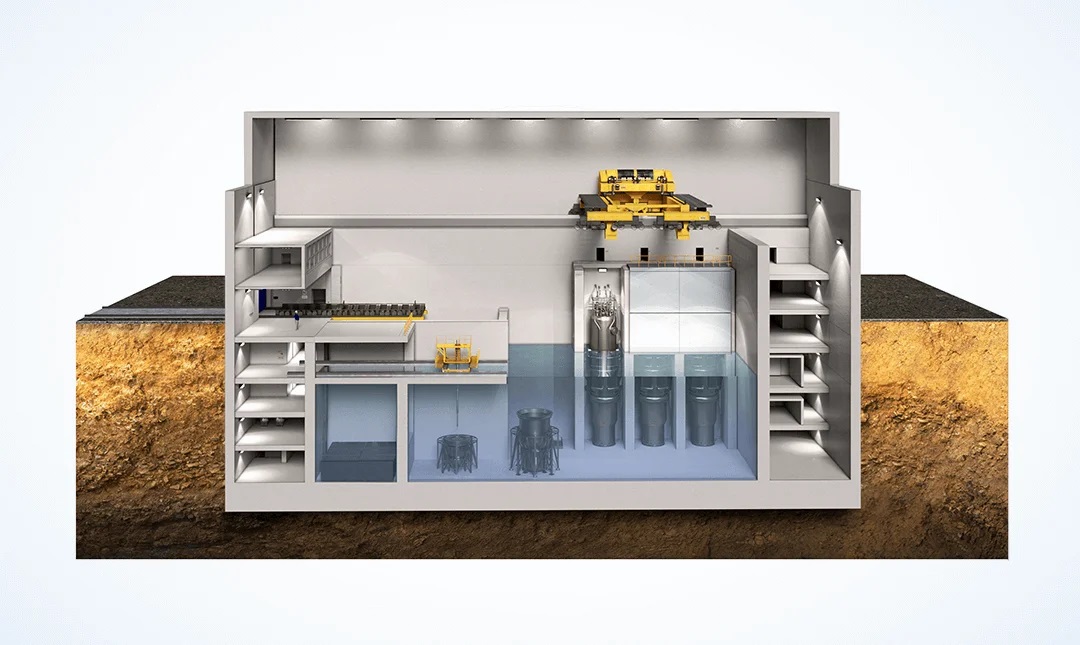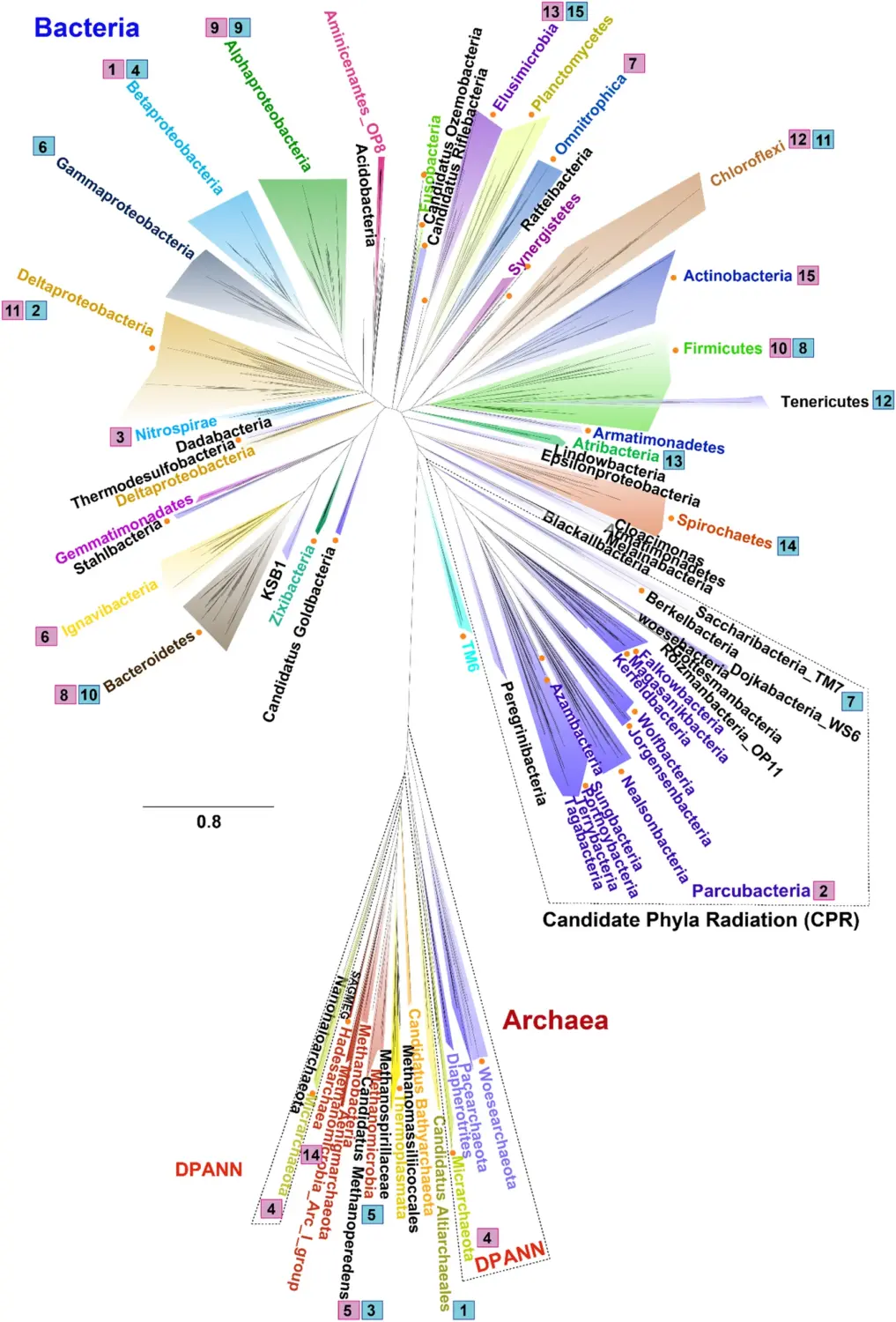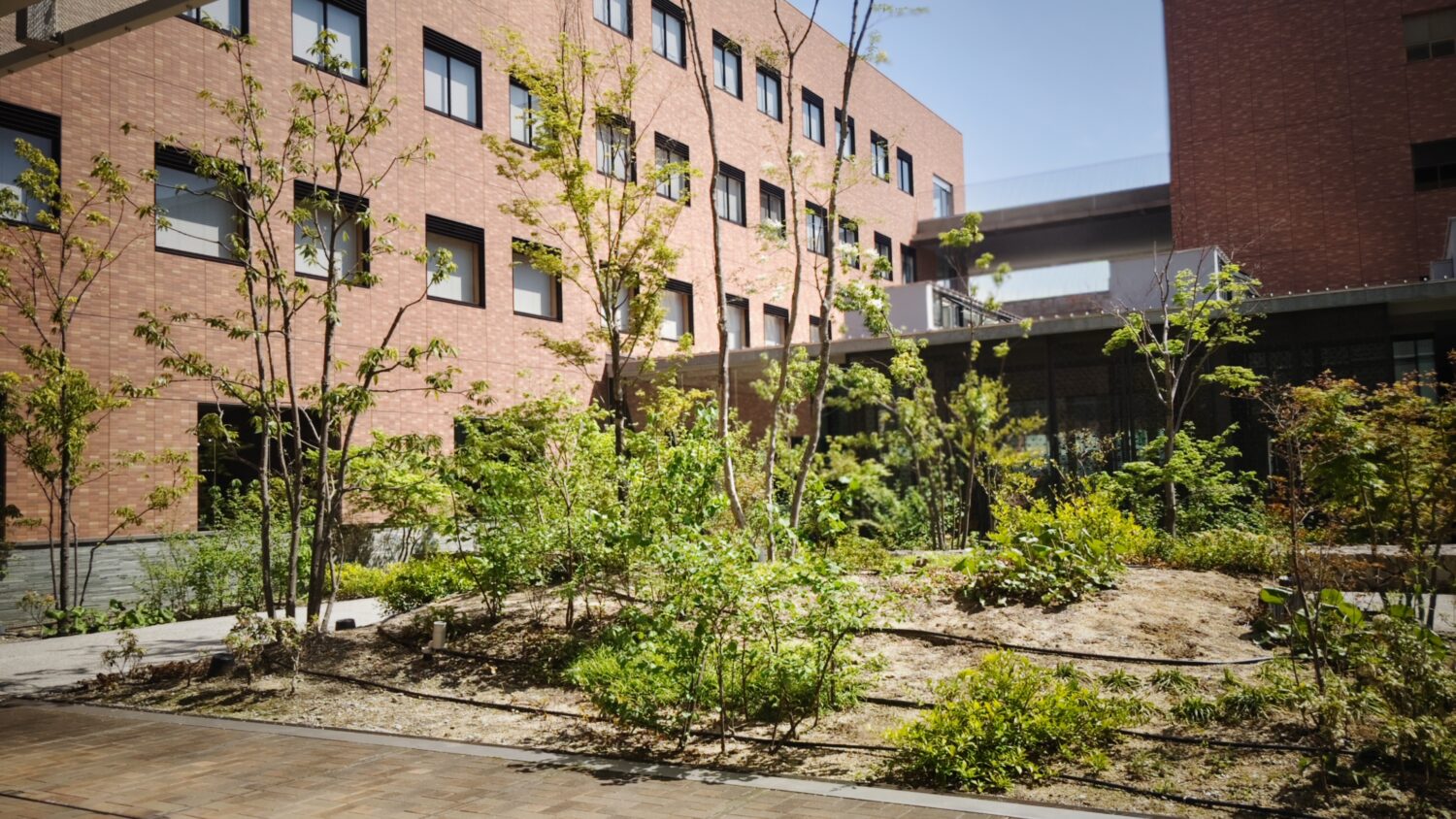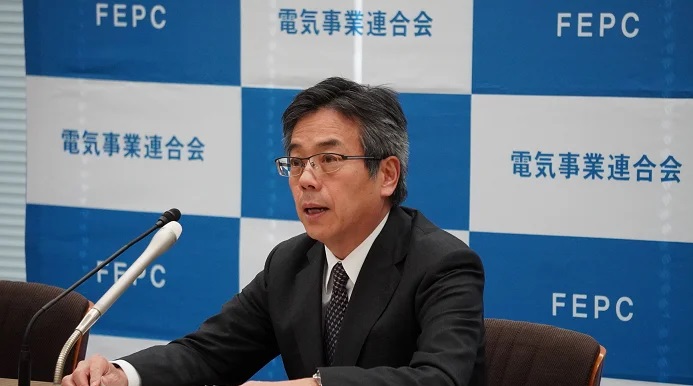In Japan, JAEA’s High-Temperature Engineering Test Reactor (HTTR) was approved under the new regulatory standards in July 2021, and the facility resumed operation after ten and a half years. Multiple industrial uses are expected for the reactor, including the production of hydrogen using thermochemical water splitting (the so-called IS process).
Also resumed was an international joint research project under the OECD/NEA (Organization for Economic Co-operation and Development/Nuclear Energy Agency), carried out since 2009.
Regarding the inherent safety of HTGRs, it was confirmed in March 2024 that the HTTR’s output decreases naturally and the reactor remains stable even in the extreme case of a total loss of cooling during operation at 100% power.
Meanwhile, in the UK, an HTGR demonstration reactor program was started in September 2022 toward the achievement of net-zero greenhouse gas emissions. The fuel program has progressed to Step 1 (to be completed next year), which involves the development of technology to fabricate fuel.
In July 2023, the UK Department for Energy Security and Net Zero (DESNZ) announced that NNL had been selected as the project entity to implement Step 1 of the demo HTGR in collaboration with JAEA. Two months later, in September 2023, JAEA and NNL signed a comprehensive memorandum to accelerate R&D and related activities toward the early deployment of HTGRs.
In the UK program, Step 1 and subsequent stages of the fuel program will advance to the phase of substantiating HTGR operations in the early 2030s.
Japan expects to secure diverse fuel suppliers for its own demonstration HTGR through the development of technology for fuel fabrication in the UK.


-1.png)

